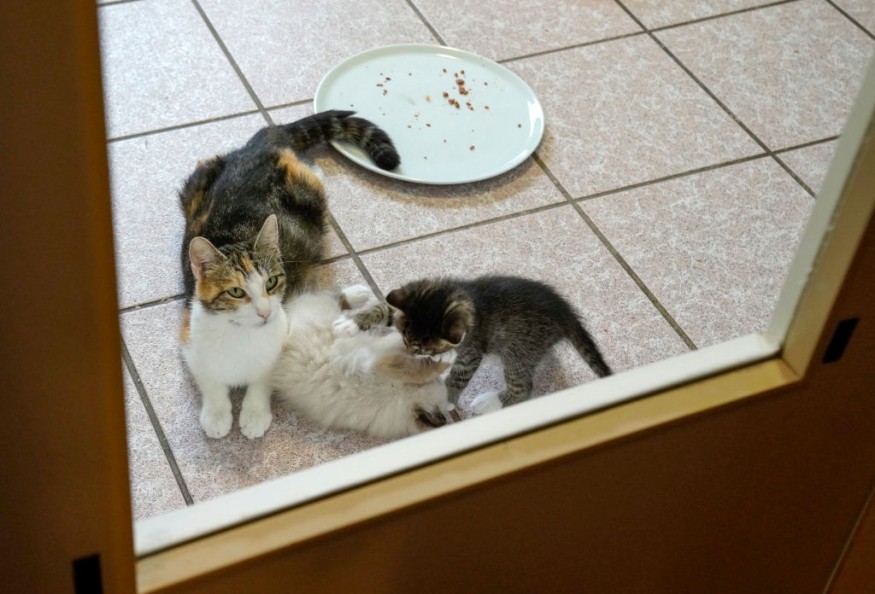
The epidemic increased the number of first-time animal lovers and those raising puppies and kittens. Although relatively unskilled proprietors anticipate a new dog to require considerable coaching, most folks do not believe the equivalent holds true for cats.
Training of Cats?
Cats, the same as dogs, require assistance in adjusting to life with humans. Simple types of exercise might be beneficial to their health. Cats and dogs have distinct evolutionary links with humans.
Cats have not been carefully developed to improve their capacity to collaborate and converse with humans, or to do labor-intensive tasks such as herding, foraging, or patrolling, Science Alert reported.
However, analysis found that they can perceive as well as react to human basic nonverbal interactions and can be taught to complete activities comparable to dogs.
As per The Conversation, in five simple measures, one may train their cat to access and relax in a carrier. Train one's cat to relax on a blanket in a spot where he or she generally seems secure.
Mount the cover on top of the container (without attaching the door) and continue the enticing and praising procedure until your cat is comfortable laying on the blanket in the cage.
Following the cat has gladly boarded into the carrier and relaxed within, close the entrance yet leave it open at first so he or she somehow doesn't sense imprisoned in there.
Treat the cat for remaining on the blanket with additional goodies, caressing, or vocal appreciation, relying on what the cat prefers. At household, trainers may employ easy ways to assist cats feel comfy in a cat box, grow acclimated to vehicle rides, tolerate being cleaned, and receive basic medical tests and medications.
Reward-based strategies can be an effective approach to train a cat to approach a container on their lonesome or to remain quietly while their parasite care is administered. Strive upon having the cat in the box with the lid shut for extended lengths of cycle, increasing a few ticks every moment.
How to Train Your Cat
The cat tilting their face away, nose wiping, head bobbing, a lifted claw, abrupt episodes of self-grooming, appearing slumped or stressed, a quivering or pounding tail, as well as twisted or squashed ears are all indications to check for. Putting the blanket on the bottom of a cage with the top off after the cat has completed stage one, according to Scientific Reports.
Coaching may be a beneficial strategy in a rehoming sanctuary, as shown in the study released in Journal Animals, for instance, to boost a cat's inquisitive habits, favorable attitudes to humans, as well as possibly even their prospects of it being accepted. Provide goodies at nose levels to urge the cat to remain, then at floor level to urge the cat to stoop and ultimately sleep on the sheet.
Gradually increase this till the entrance can be entirely shut while the cat is still content. Continue encouraging the cat by slipping treats through the carrier's sidewalls or entrance, progressively extending the time among each reward distribution.
When folks begin coaching with a cat, as mentioned in the article posted under the Headtopics, people must ensure that they are in a comfortable environment. Sanctions like as yelling, roughhousing, or applying a pressure washer can create anxiety and jeopardize the stability of owner-cat interactions.
Encourage them to leave the carrier whenever they wish and offer goodies to entice them to return. Every learning experience must only take a few minutes, and certain cats may appreciate only a practice on daily basis.
There is minimal proof that younger cats are particularly receptive to humans' nonverbal interactions, which may indicate that they are more trainable.
© 2025 NatureWorldNews.com All rights reserved. Do not reproduce without permission.





